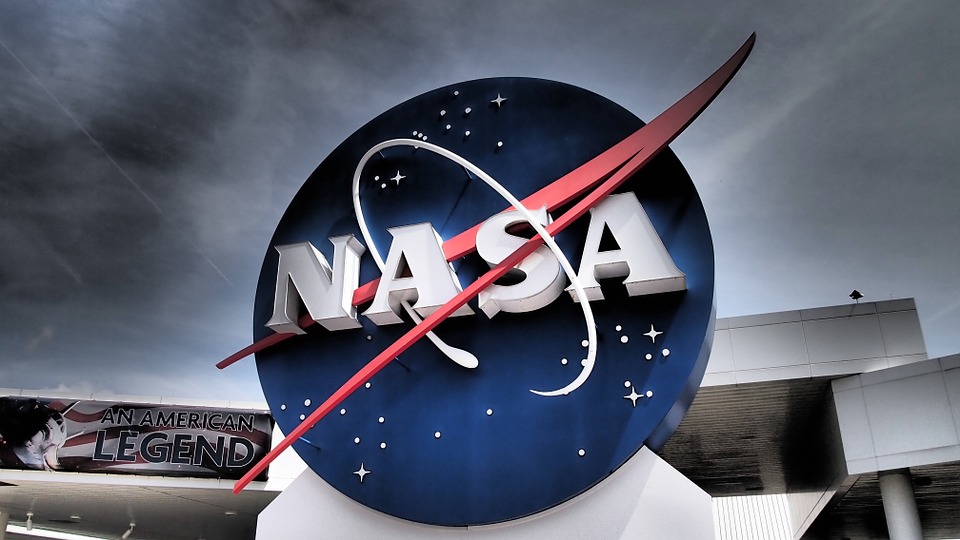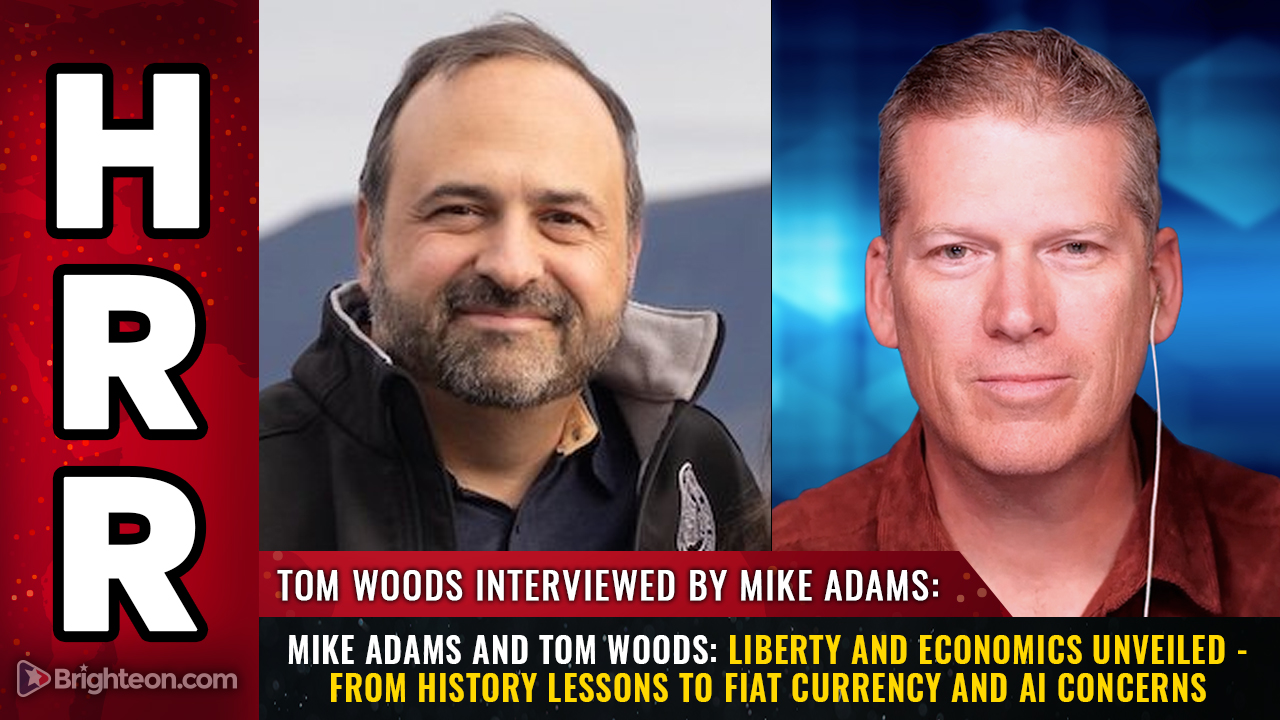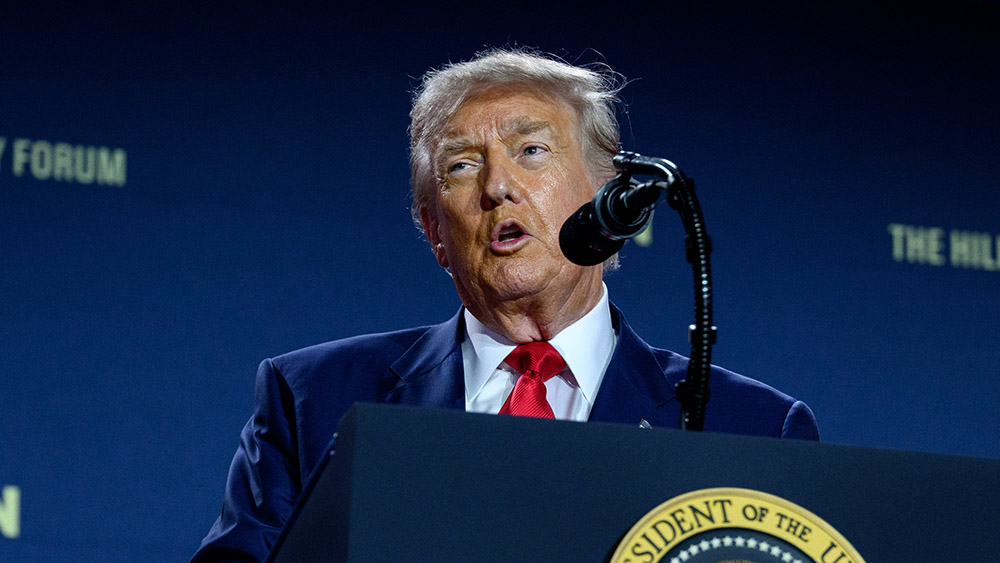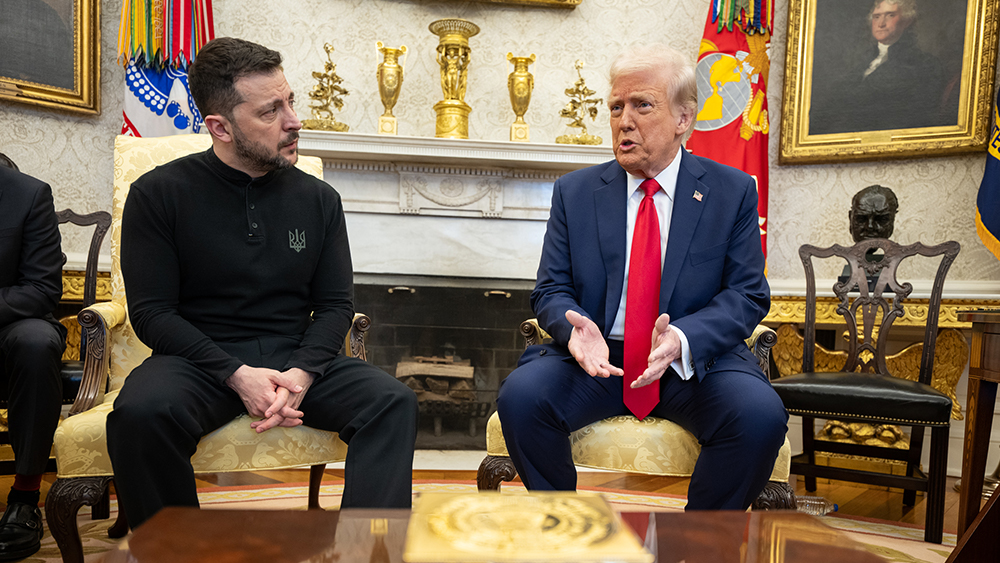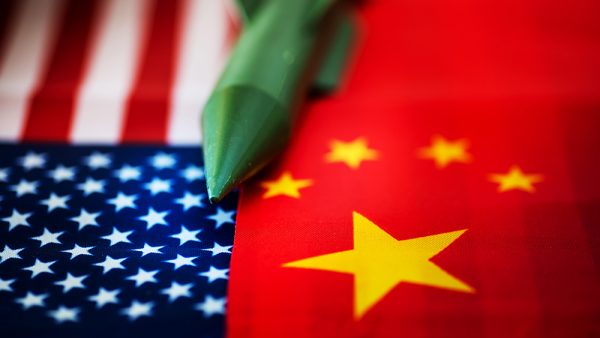
- President Trump extended the U.S.-China tariff truce by 90 days, avoiding a surge in import taxes that would have severely impacted consumers and businesses.
- Asian markets rallied on the news, with Japan’s Nikkei 225 hitting record highs, but uncertainty remains as long-term trade tensions persist.
- Without the extension, tariffs would have spiked to 145% for U.S. imports from China and 125% for Chinese tariffs on American goods, risking a trade embargo.
- Retailers and farmers benefit from the temporary relief, avoiding holiday price shocks, but deeper disputes over technology and trade reciprocity remain unresolved.
- Negotiations continue, but analysts warn the extension is only a pause; November’s deadline could reignite trade war fears if no deal is reached.
Averting a tariff disaster
Had Trump not acted, U.S. tariffs on Chinese imports would have skyrocketed to 145%, while China’s retaliatory tariffs on American goods would have surged to 125%, effectively creating a trade embargo between the world’s two largest economies. The truce extension, now lasting until November 10, prevents this economic doomsday scenario, giving negotiators from both nations more time to hammer out a long-term agreement. The decision comes after U.S. and Chinese trade officials held talks in Stockholm in late July, where both sides reportedly made progress toward a potential deal. Trump’s executive order stated that discussions with China continue to address "the lack of trade reciprocity in our economic relationship and our resulting national and economic security concerns." For American businesses, particularly retailers gearing up for the critical holiday shopping season, the extension is a lifeline. A sudden tariff spike would have forced price hikes on everything from electronics to toys, squeezing consumers already struggling with inflation.Markets rally but uncertainty lingers
Asian markets reacted swiftly to the news, with Japan’s Nikkei 225 jumping 2.2% to a record high, while Hong Kong’s Hang Seng and China’s Shanghai Composite also posted gains. The rally reflects investor optimism that a broader trade deal may still be possible, but analysts warn that this is merely a temporary reprieve. "The extension isn’t about goodwill; it’s about keeping oxygen in the room for deals that matter," said Stephen Innes of SPI Asset Management. Indeed, Trump has a history of abruptly shifting trade policies, leaving businesses scrambling to adapt. His unpredictable approach has made long-term planning nearly impossible for industries reliant on Chinese imports. Meanwhile, Beijing faces its own challenges. China’s export-driven economy has already taken a hit, with shipments to the U.S. plunging 21.7% last month as manufacturers pivot to Southeast Asian markets. Yet despite the economic pain, Chinese officials remain defiant.The soybean gambit
Trump has repeatedly pressured China to increase purchases of U.S. agricultural products, particularly soybeans, which are a key export for American farmers. On Sunday, he urged Beijing to "quickly quadruple" its soybean orders, framing it as a way to reduce the U.S. trade deficit. However, experts doubt China will comply without concessions. "What is he going to offer in exchange?" asked Xu Tianchen, a senior economist at the Economist Intelligence Unit in Beijing. "China says: 'you should allow us to buy more high-tech goods,' but the U.S. is reluctant." The standoff highlights the deeper tensions at play. While Trump seeks to protect American industries and reduce reliance on Chinese manufacturing, Beijing demands access to advanced U.S. technology. This is a nonstarter for Washington due to national security concerns.What does this mean for the American economy?
For now, the tariff truce provides much-needed stability. U.S. retailers can stock shelves for the holidays without facing sudden price shocks, and farmers retain access to a critical export market. However, the underlying trade war remains unresolved, and businesses must still navigate an uncertain landscape. Former U.S. trade official Ryan Majerus noted that the extension "will undoubtedly lower anxiety on both sides as talks continue." But with Trump’s hardline stance and China’s refusal to back down, a lasting resolution remains elusive. President Trump’s 90-day tariff extension is a strategic pause, not a peace treaty. While it prevents immediate economic fallout, the fundamental trade disputes between the U.S. and China persist. For American workers, consumers, and businesses, the reprieve offers a brief respite, but the real test will come in November, when negotiators face another deadline. If no deal is reached by then, the world’s two largest economies could plunge back into a full-scale trade war, with devastating consequences for global markets. Sources for this article include: CNBC.com Reuters.com APNews.comAI & economic liberty: Will decentralized tech save human autonomy?
By Finn Heartley // Share
Trump refuses U.S. troops in Ukraine but hints at air support as peace talks stall
By Cassie B. // Share
MAHA advocates urge Trump to block pesticide liability protections in House spending bill
By Laura Harris // Share
Trump brokers historic Putin-Zelensky talks… Will the war in Ukraine finally end?
By Cassie B. // Share
Israeli units in Somaliland will be TARGETED, Houthi leader warns
By ramontomeydw // Share
New York mandates social media warning labels to combat youth mental health crisis
By bellecarter // Share
New Zealand's gas crisis deepens as domestic production plummets
By bellecarter // Share
Study links widely prescribed opioid to increased risk of deadly heart conditions
By bellecarter // Share
New study reveals "beer belly" fat poses greater heart risks than overall obesity
By patricklewis // Share
The sunlight paradox: How fear of sun exposure is fueling a vitamin D deficiency crisis
By dominguez // Share
